Description
What is Copper Tube 2.4 GHz Wifi Antenna For Wireless Telecommunication Module?
Copper Tube 2.4 GHz Wifi Antenna For Wireless Telecommunication Module Specifications
Antenna Model: CTRF-ANTENNA-TUBE-2450-2505-IPEX
Frequency: 2.4-2.5 GHz
Antenna Type: Module Wifi Antenna
Material: Copper tube
Tube Size: 25x5mm
Gain: 3Dbi
Color: Black
Connector: IPEX
Cable Type: RG 1.13
Cable Length: 100mm/120mm/150mm/200mm/300mm/500mm
V.S.W.R:≤12.0
Input Impendence (Ω):50Ω
Operating Temperature: -40℃~+85℃
Storing Temperature:-40℃~+80℃
Copper Tube 2.4 GHz Wifi Antenna For Wireless Telecommunication Module Applications:
2.4 GHz ISM Band
IEEE 802.11b, 802.11g Wireless LAN & IEEE 802.11n (Pre-N, Draft-N) Applications
Public Wireless Hotspot
Wireless Video Systems
Multipoint and Mobile Applications & Bluetooth®
The Copper Tube 2.4 GHz Wifi Antenna For Wireless Telecommunication Module Is Available At C&T RF Antennas Inc.
C&T RF Antennas Inc provides RF antennas with other antenna radio frequencies such as 169MHz, 230MHz, 315MHz, 433MHz, 868MHz, 915MHz, Lora, NFC, VHF&UHF, NB-IoT, ADS-B, GSM, Wifi 2.4GHz, 5.8GHz, 2G 3G 4G LTE, GPS, GNSS, 5G NR, UWB, etc.
C&T RF Antennas Inc. provides indoor–outdoor Wi-Fi antennas with many antenna types such as Dipole Antennas, Whip Antennas, Marine Antennas, Router Antennas, MIMO Antennas, Combo Antennas, PCB Antennas, FPC Antennas, Spring Antennas, Sector Antennas, Yagi Antennas, etc., for IoT & M2M industries.
Contact Us For More Details such as 2.4 GHz Wifi Antenna For Wireless datasheet, 2.4 GHz Wifi Antenna For Wireless pricing, 2.4 GHz Wifi Antenna For Wireless inventory, etc.
Or other copper tube antenna styles.
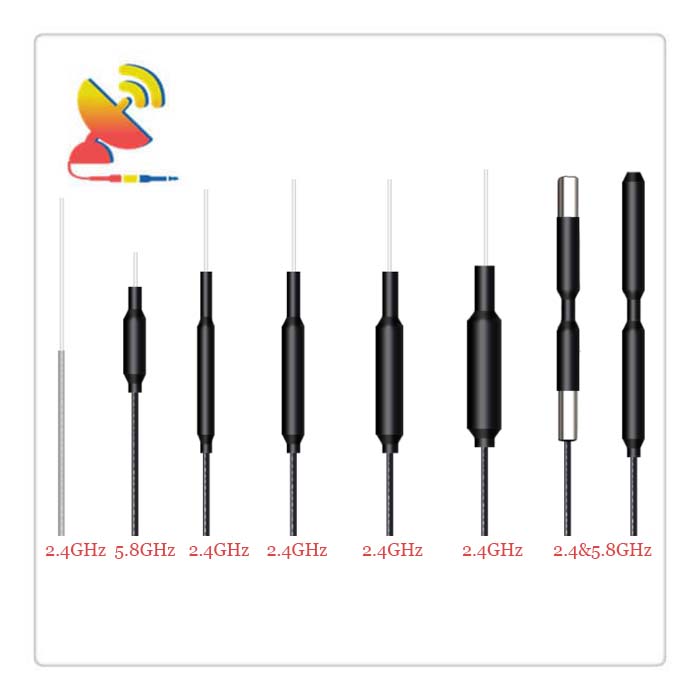
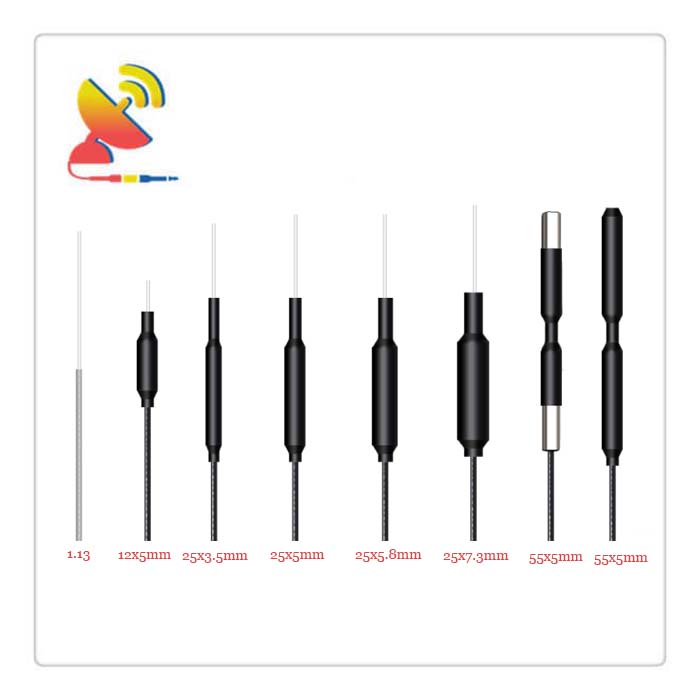
Copper Tube 2.4 GHz Wifi Antenna For Wireless Telecommunication Module video
What is the principle and function of the 2.4 GHz Wifi Antenna For the Wireless transceiver module?
The 2.4 GHz Wifi Antenna For wireless transmitter and receiver modules has been packaged (integrated with single-chip control and wireless coding) and can be directly connected to the single-chip microcomputer through the asynchronous serial port.
The wireless working mode of the wireless transceiver modules on the market is controlled by the internal single-chip microcomputer. The connection with the user’s single-chip microcomputer is generally only a few wires such as power supply and receiving and sending.
The wireless transmitting module and the receiving module must be used in pairs, and the working frequency must be exactly the same. The receiving module must be equipped with a decoding IC according to the encoding format of the transmitting part.
The wireless transceiver module is a channel for transmitting data. After the receiving module receives the transmitted signal Pass it to the decoding IC through the DATA pin to make it work.
2.4G is wireless technology. Because its frequency band is between 2.400GHz and 2.4835GHz, it is referred to as 2.4G wireless technology.
The highly integrated chipset packaged based on 2.4G wireless technology is called a 2.4G wireless module, and the 2.4G wireless transceiver module is one of countless 2.4G wireless modules.
Which is widely used in wireless remote control, wireless headsets, drones, wireless keyboards, wireless monitoring, non-contact RF smart cards, small wireless data terminals, safety, and fire protection systems, wireless remote control systems, and biological signal collection, hydrometeorological monitoring, and other industries and commodities.
What is the principle of the Copper Tube 2.4 GHz Wifi Antenna For Wireless Telecommunication Module?
What is the working principle of the Copper Tube 2.4 GHz Wifi Antenna For Wireless Telecommunication Module? The purpose of wireless transmission is to liberate yourself and replace wired connections with wireless technology.
How to replace it?
2.4G wireless transmission receives the sound source through the receiving module to process the emitted electromagnetic wave, and the receiving module receives the electromagnetic wave radiated into the air by the transmitting module, and transmits it to the speaker through digital-to-analog conversion.
What is the principle and function of the 2.4g wireless transceiver module?
ADC/DAC: Analog-to-digital converter/digital-to-analog converter
MCU: Single-chip microcomputer (equivalent to computer CPU)
FLASH: memory chip (equivalent to computer hard disk)
SDRAM: Synchronous Dynamic Random Access Memory (equivalent to computer memory)
RF: radiofrequency
PA: Power amplifier
The transmitter module collects the sound source and converts the analog signal into a digital signal through analog-to-digital conversion.
After the MCU code runs and processes the central processing unit (MCU can integrate the converter, power supply, USB, memory, and other peripheral interfaces on a chip) Through RF radio frequency, the digital signal is radiated into the air to form electrical waves.
In order to obtain a longer transmission distance, the PA can be used to amplify the electric and electromagnetic wave signals, and finally, transmit them through the antenna.
The antenna of the receiving module receives the electromagnetic wave emitted by the transmitting module, and the signal is amplified by the PA and converted into a digital signal through RF.
It is also processed by the MCU and finally converted into an analog signal through the digital-to-analog signal and transmitted through the horn.
A complete wireless transmission principle is probably like this. Of course, both the transmitting module and the receiving module must be driven by a power source, and the audio source of the receiving module can be used with a 3.5Lline interface or built-in microphone.
What is the principle and function of the 2.4g wireless transceiver module?
The role of wireless transmitting and receiving module 1
Used to set up a wireless communication network with a star topology. And it must be a multi-point star topology, some extraordinary places need wireless communication.
On the one hand, the price of the transmitting and receiving module is low, and the cost of forming the star topology is relatively low; on the other hand, the transmitting and receiving module can adopt a modular design, which is small in size, convenient to use, and easy to integrate.
For wireless networks with low communication speed requirements and relatively close distances, this transmitter and receiver module is very practical.
The role of wireless transmitting and receiving module 2
Used for wireless multi-channel (parallel) control. Such as complex remote control robots, etc., some places require multi-channel (parallel) control.
One method is to use the receiving module to connect directly to the decoder, and then to the relay and other electronic components to drive the subsequent controlled objects; the other method is to use the receiving module to connect to the single-chip microcomputer, and then use it after the data is processed.
The single-chip microcomputer is connected with electronic components such as relays to drive the subsequent controlled objects.
Usually, a pair of transmitting and receiving modules can achieve up to six parallel wireless control. If the required number of channels is greater than six, multiple pairs of transmitting and receiving modules can be used to work at the same time to meet actual needs.
The role of wireless transmitting and receiving module 3
Used for universal serial port (RS232 wireless data transmission. Usually many control instruments and devices use serial ports, and communication with these devices must meet the requirements of serial ports. Some extraordinary places, industrial control sites.
When the wireless transmission is necessary, it can be natural Choose the transmitter and receiver modules mentioned in this article.
But it must be explained here that if you want to use this communication method, you must first compile the corresponding software on the transmitter and receiver to realize the file format conversion, in order to achieve the purpose of wireless communication.
If the communication system is full-duplex, it can be realized by using two pairs of radio and receiving modules to work at the same time.

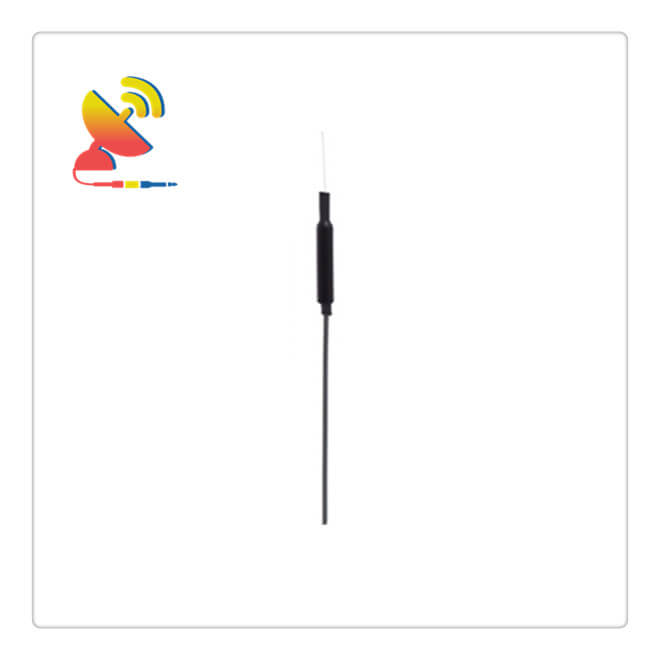
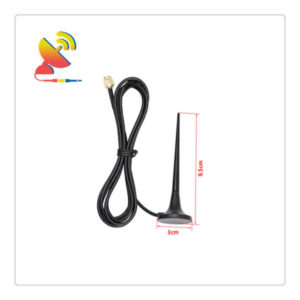
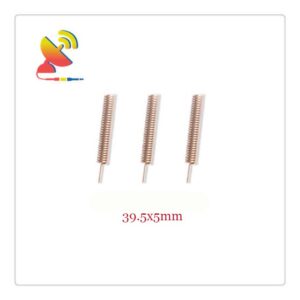

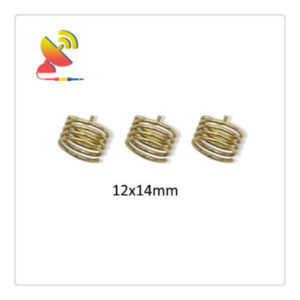
Reviews
There are no reviews yet.